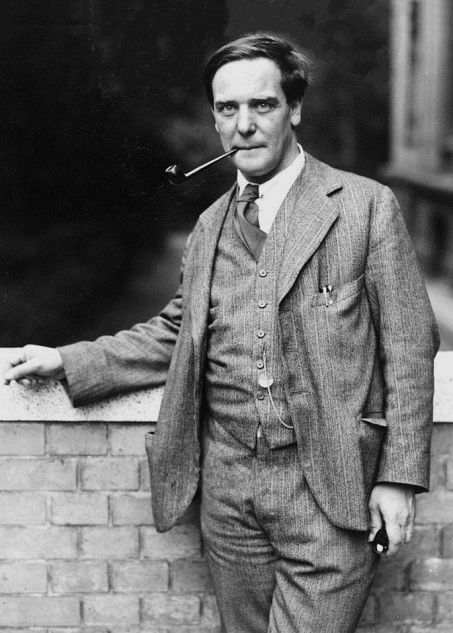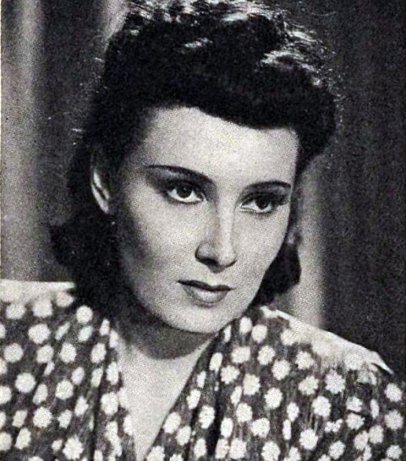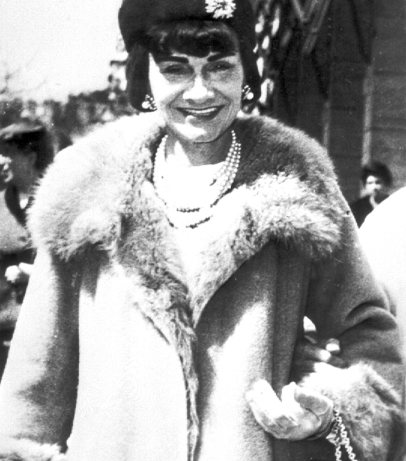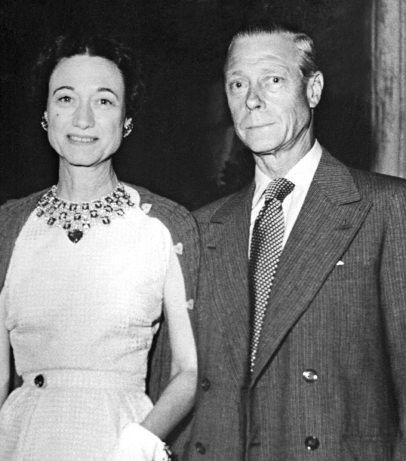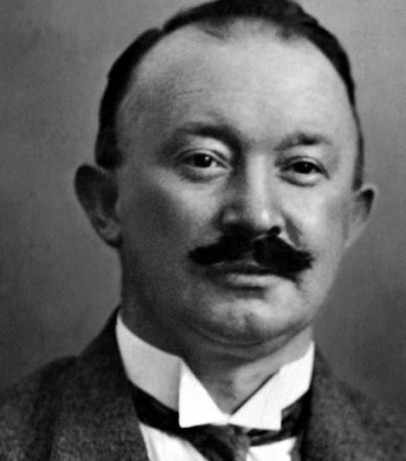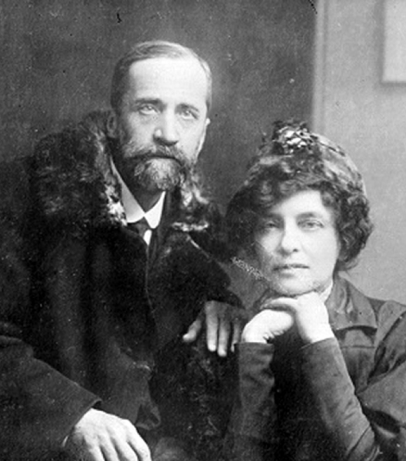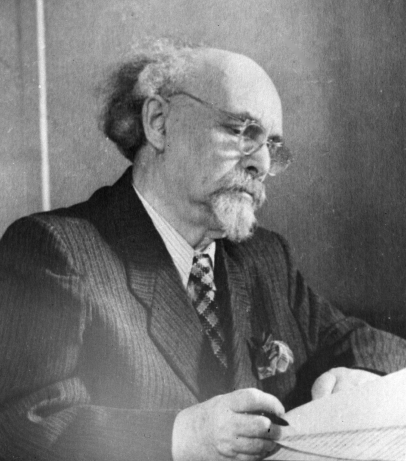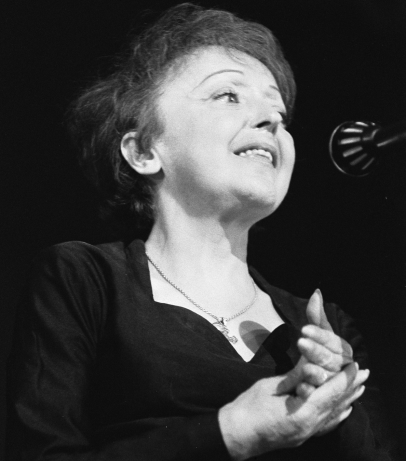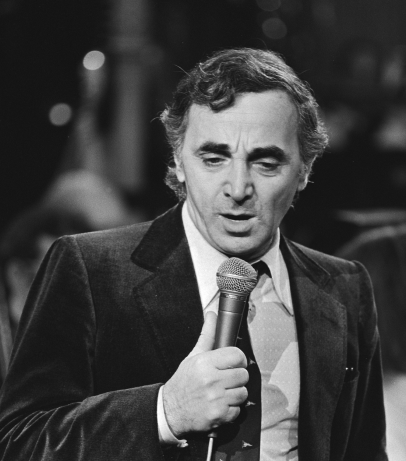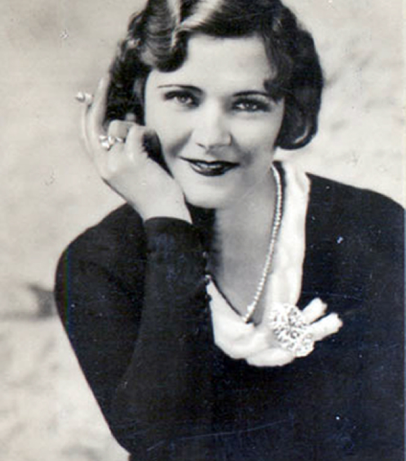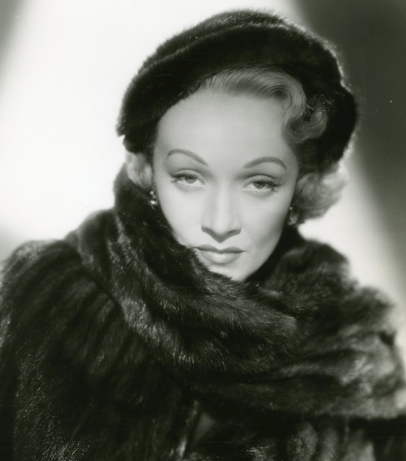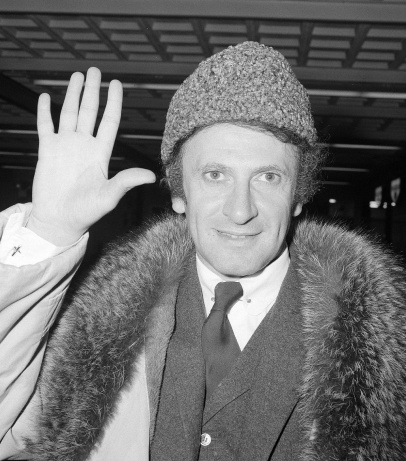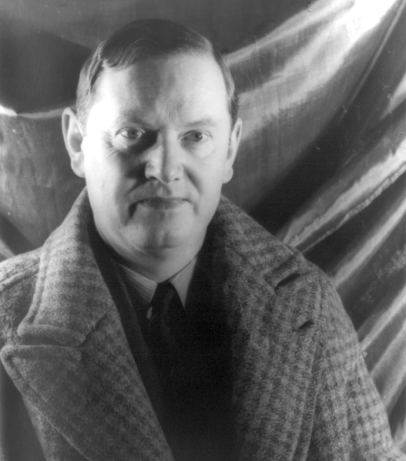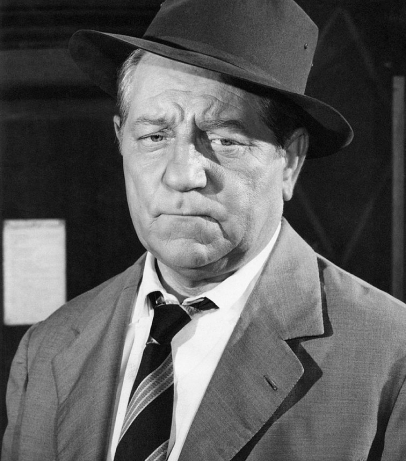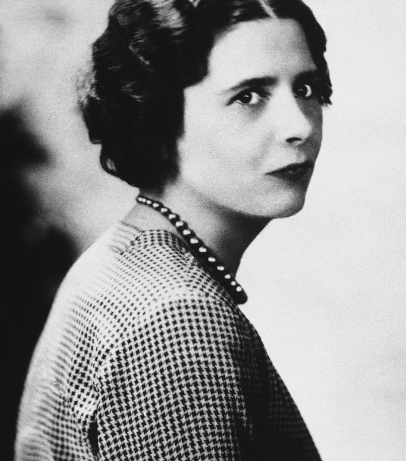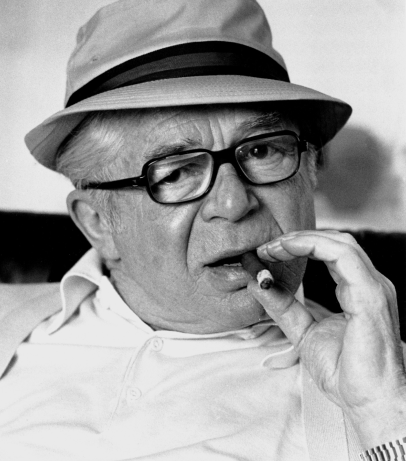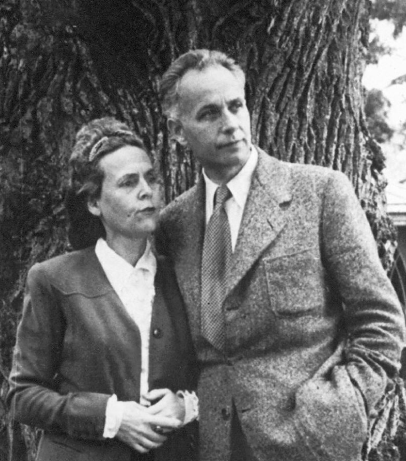On 17 August 1946, academician Pyotr Leonidovich Kapitsa was dismissed from as director of the Institute for Physical Problems and placed under house arrest. The arrest was due to a conflict between the scientist and Lavrentiy Beria, head of the Soviet atomic bomb project ("Task No. 1") and commissar general of state security, while the “soft conditions” of the arrest were down to Stalin's intercession.
In August 1945, Kapitsa, together with Igor Kurchatov, was introduced to the Technical Council of the Special Committee under the USSR Council of Ministers. Only two scientists were included in this body, with Beria as its chairman. Kapitsa openly criticised Beria. Stalin, who by then was suspicious of the head of state security, preferred to keep a scientific specialist close to Beria.
Kapitsa was known for his open and direct character, he spoke out when others preferred to keep silent. When the conflict reached the point of open hostility, Stalin, according to some sources, offered Beria a compromise – to remove Kapitsa from his post but not to harm him. Kapitsa was forced to work at his dacha, where on Beria's orders all the furniture was removed. Later, he was provided with a minimal set of laboratory equipment. Kapitsa called the dacha on Nikolina Hill "the Hut of Physical Problems”.
He was only able to return to normal work after Beria's arrest in 1953. In 1978, Academician Pyotr Kapitsa was awarded the Nobel Prize in Physics "for fundamental inventions and discoveries in the field of low-temperature physics”.
Source:
Yuri Osipyan, “Monologues about Kapitsa” (Russian), Bulletin of the Russian Academy of Sciences, 1994
